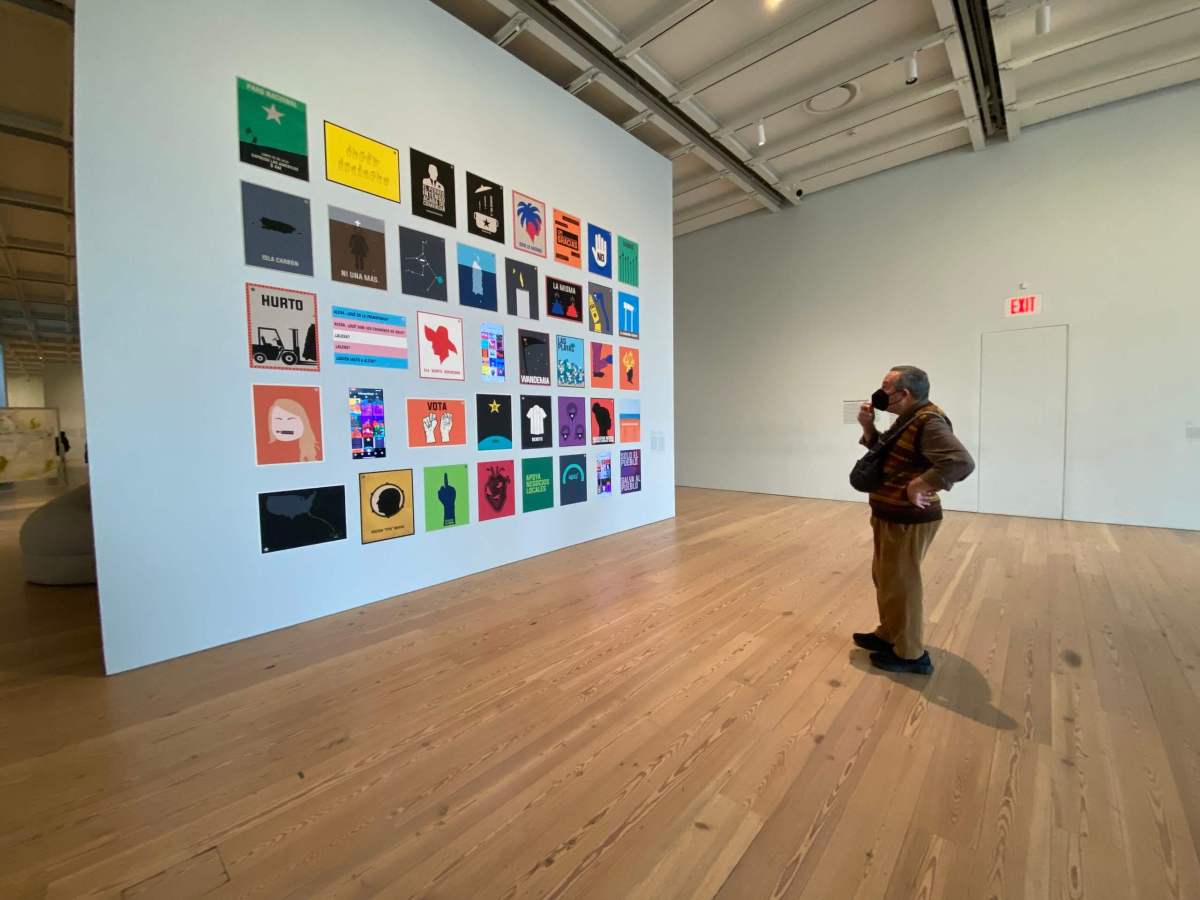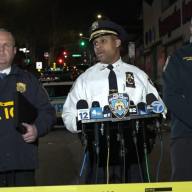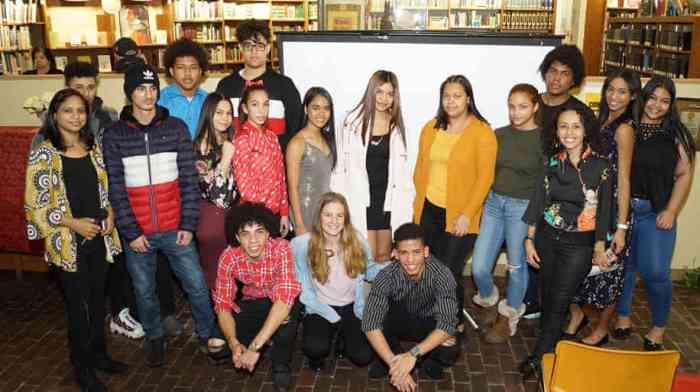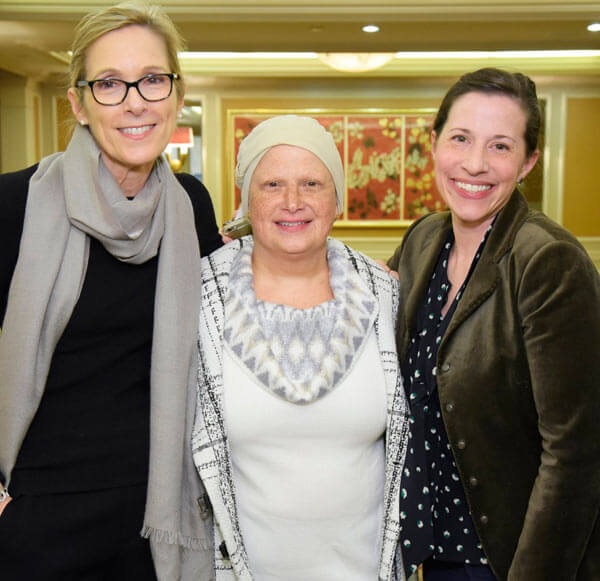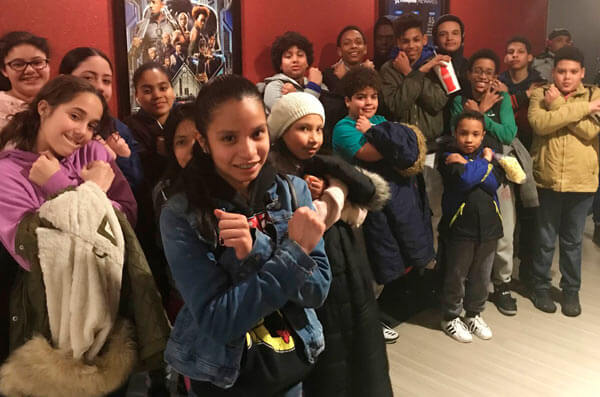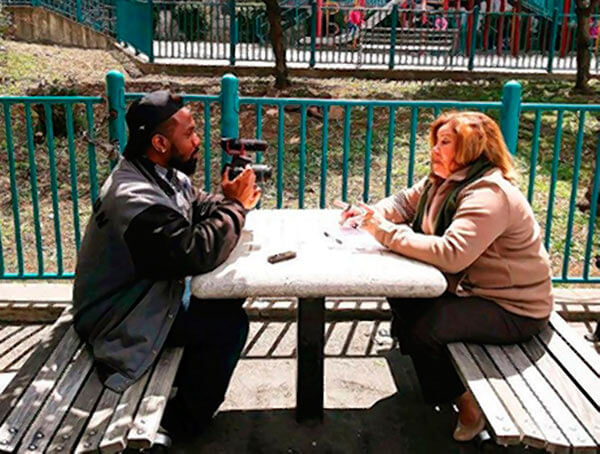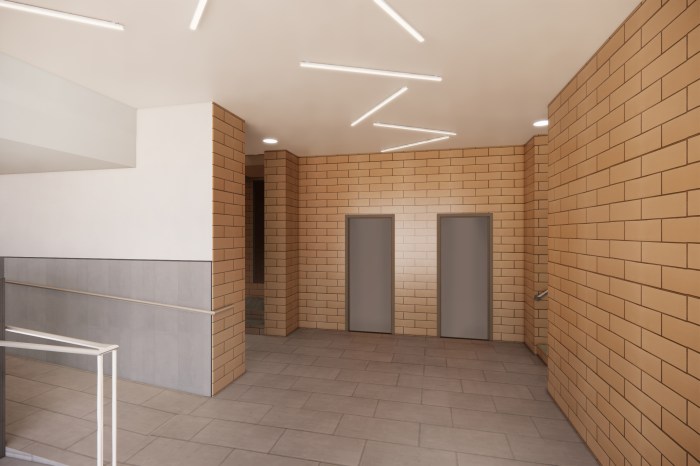On the sixth floor of the Whitney Museum of American Art, a plethora of immersive pieces transports one into the world of Puerto Rico in the museum’s newest exhibit, “no existe un mundo poshuracán: Puerto Rican Art in the Wake of Hurricane Maria.”
In 2017, heavy rain and wind gusts from Hurricane Maria reached up to 155 miles per hour when it hit the island, according to the National Weather Service. The aftermath left a decimated environment and a destroyed electrical grid on the archipelago – leaving nearly three million inhabitants without power. The destruction only added to the hardships as residents barely began recovering from the havoc caused by Hurricane Irma, a Category 5 storm, a few weeks prior. The damage totaled $90 billion, and was classified as the U.S’s third-costliest tropical cyclone, according to the National Hurricane Center. While the official death toll varies, a study conducted by the George Washington University estimated that the storm resulted in 2,975 deaths.
Hurricanes continue to create destruction on the island. The latest disaster occurred in September 2022 when Hurricane Fiona, a Category 4 storm, caused significant flooding and widespread power outages on the island, which is still reeling from the 2017 hurricanes.
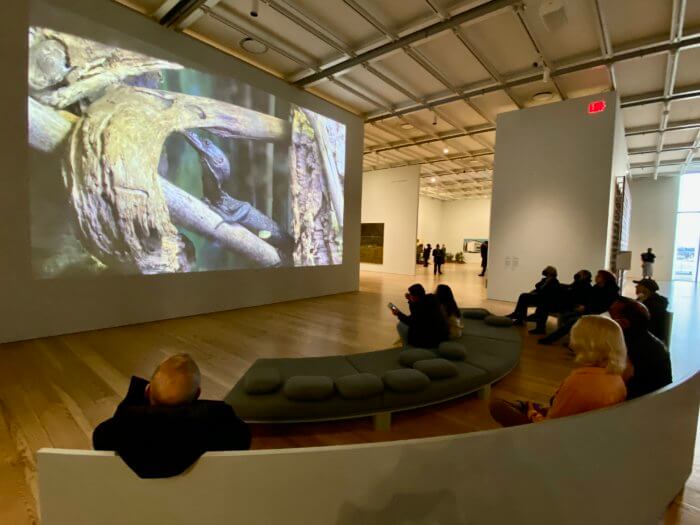
Now, five years after the 2017 natural disaster, the pieces gathered at the Whitney – a mix of work by artists still living in Puerto Rico and those in the diaspora– explore the transformative years following the storm, touching on everything from political protests leading to the resignation of their governor in 2019 to constant earthquakes to the COVID-19 pandemic. The showcase is the first scholarly exhibit focused on Puerto Rican art to be organized by a large U.S. museum in nearly half a century, according to the Whitney’s website.
Projected on a large screen at the exhibition entrance, a documentary-style video by Sofía Córdova takes you into the viewpoint of Córdova’s aunt as she records her experiences on a cell phone a few hours after the storm passed. A pitch-black screen appears as sounds of a downpour overpower the video and her aunt details the water leaking into her house, while reassuring her safety. The film quickly transitions from a dark, eerie environment to daylight, showcasing the landscape and residents grappling with the aftermath of the destruction. The emotionally gripping film fusing moments of tragedy and beauty is an eye-opening precursor as nearly 50 other pieces await the museum visitors.
The exhibition, curated by Marcela Guerrero, touches on different subjects throughout, including critiques of tourism, fractured infrastructures, altered landscapes and emotional grief.
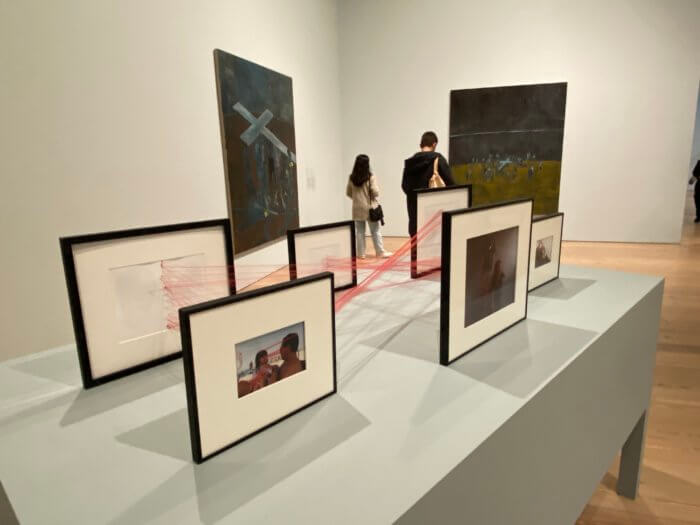
A destroyed power line pole sits in the infrastructure portion of the exhibit– a symbol of the failed power grid following the hurricane. In addition, abstract paintings are surrounded by plots of soil and plants, evoking a decrepit landscape. Oil paintings by Puerto Rican artist Rogelio Báez Vega interpret failed modernist projects by placing golden-age modern structures in an area of decay. The soil represents the tropical landscape engulfing abandoned infrastructure in this dystopian society, alluding to the failure of power structures in Puerto Rico.
Sitting adjacent to the pieces begins a new journey examining the critiques of the tourism industry and their former governor’s attempt to lure foreigners to invest in the economy, even describing the island as “a blank canvas for innovation” in 2018.
Reflecting on the tourism portion, Sofía Gallisá Muriente, a 36-year-old Puerto Rican visual artist whose work is part of the show, says, “I hope people really take a pause. I hope they reflect on the certain kind of narrative about Puerto Rico that has been constructed for them.”
A film by her that remains on a continuous loop in the exhibit, provides some answers. The six-minute video showcases the beauty of the landscape and evokes a fantasy idea of Puerto Rico. Utilizing promotional videos from the Puerto Rico Tourism Company and the Department of Economic Development and Commerce of Puerto Rico, it was created by Gallisá Muriente before Hurricane Maria to examine visual tropes and discourse that developed.
“I was really interested in how images are used to sell Puerto Rico to foreigners,” she says. “I hope that they generate a sense of implication from that audience in the sinister part of those images, which are very extractive economies, very exploitative tourism industries, and a very violent process of gentrification that is underway.”
On a recent Wednesday afternoon, people from all over the country and the world were taking in the marvels that the exhibit offers, including 20-year-old Venezuelan Jade Rivas. Unaware of the multiple things happening in Puerto Rico, the Maryland resident said it was interesting to learn more about the wrongdoings in multiple mediums.
“I feel like we all need to learn more about what’s going on in the world. Countries in Latin America struggle with a lot of things and people in the world don’t really pay attention to it,” Rivas said.
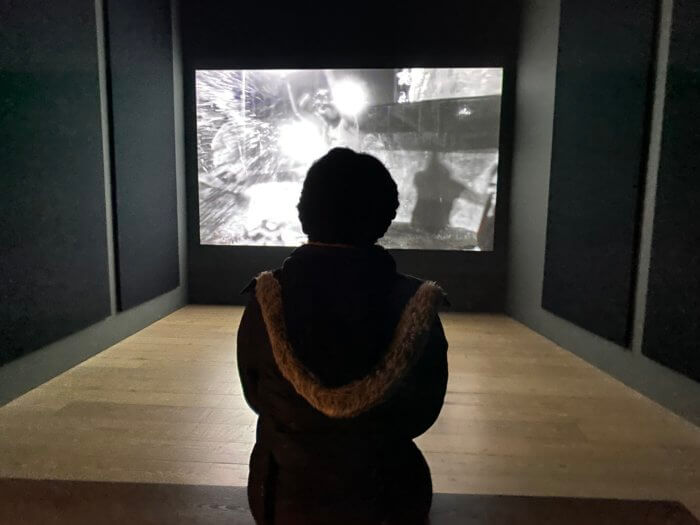
Visiting the U.S. from Tunisia, 16-year-old high school student Sarra Benhamouta researched the exhibit to learn more about the collection after learning about Hurricane Maria at her school. Walking into the exhibit, the art enthusiast said the various pieces created an overwhelming feeling.
“It’s very heartbreaking,” she said. “It’s sad because you realize how big of an effect it left on people and how people are living. It helps open people’s eyes to what can happen in our world today and the environmental catastrophes that can happen anytime.”
The exhibit runs until April 23 at the Whitney, located at 99 Gansevoort St.. Tickets can be reserved here.
Reach Nicholas Hernandez at hernandezn714@gmail.com. For more coverage, follow us on Twitter, Facebook and Instagram @bronxtimes

